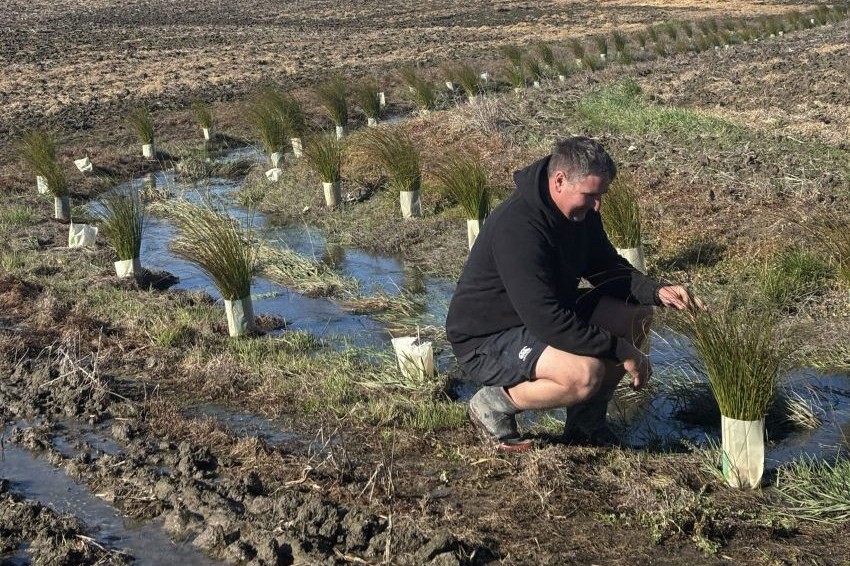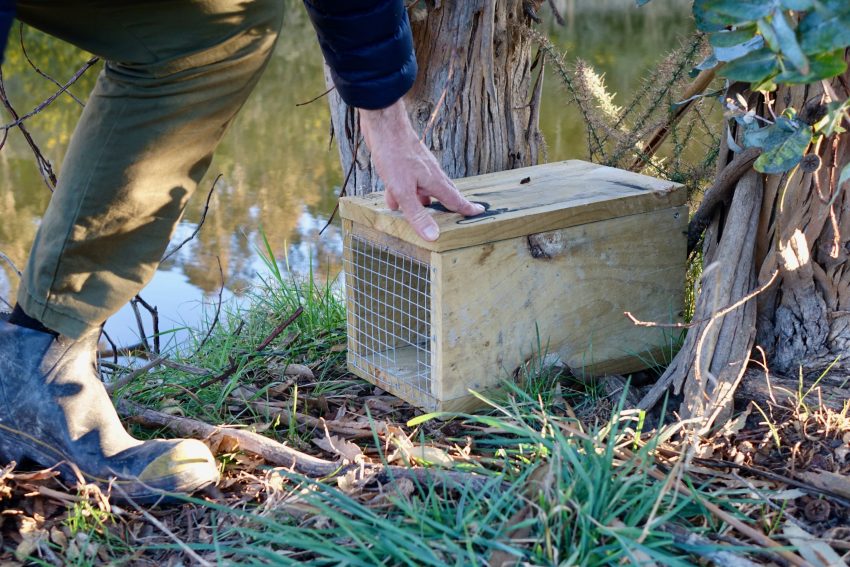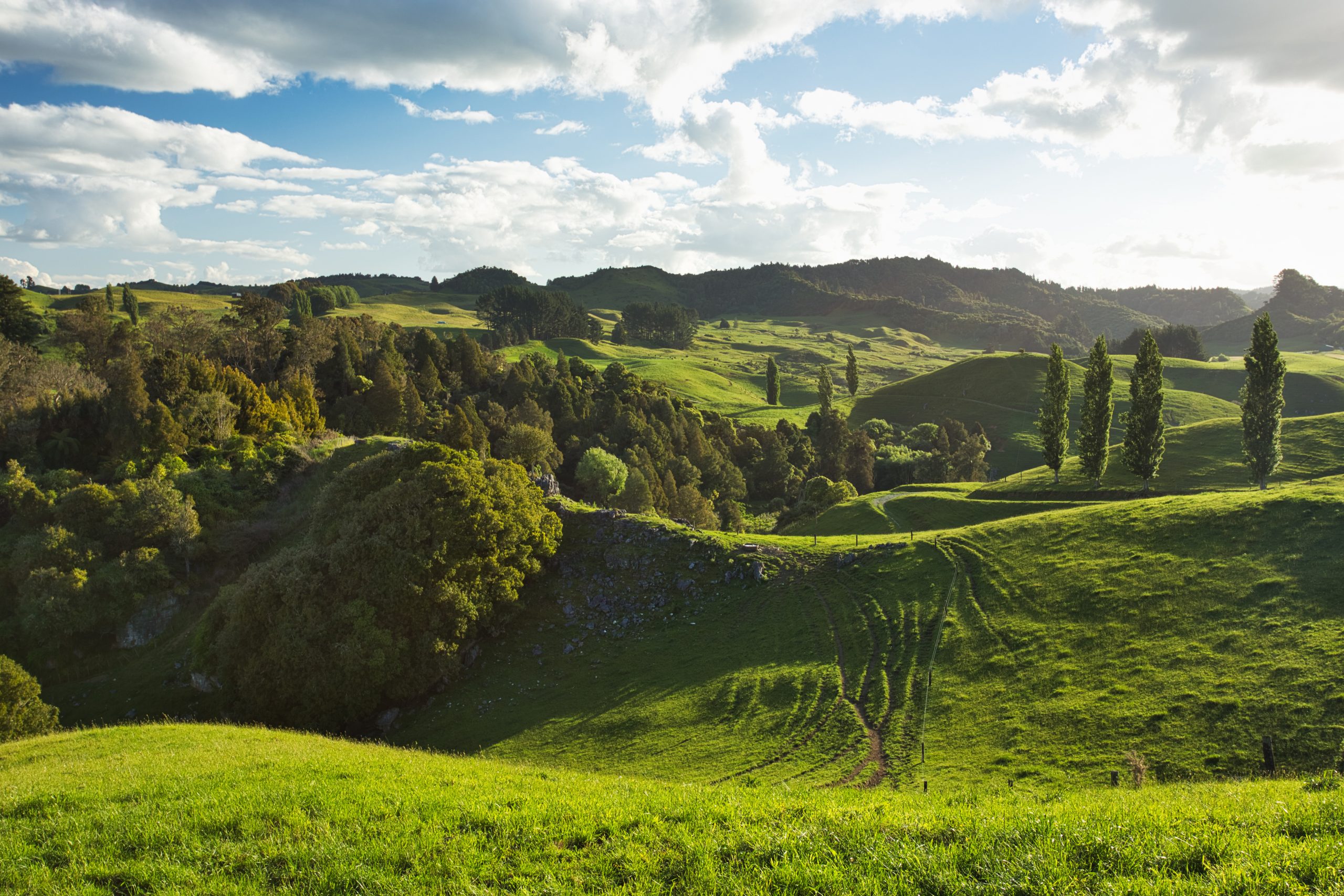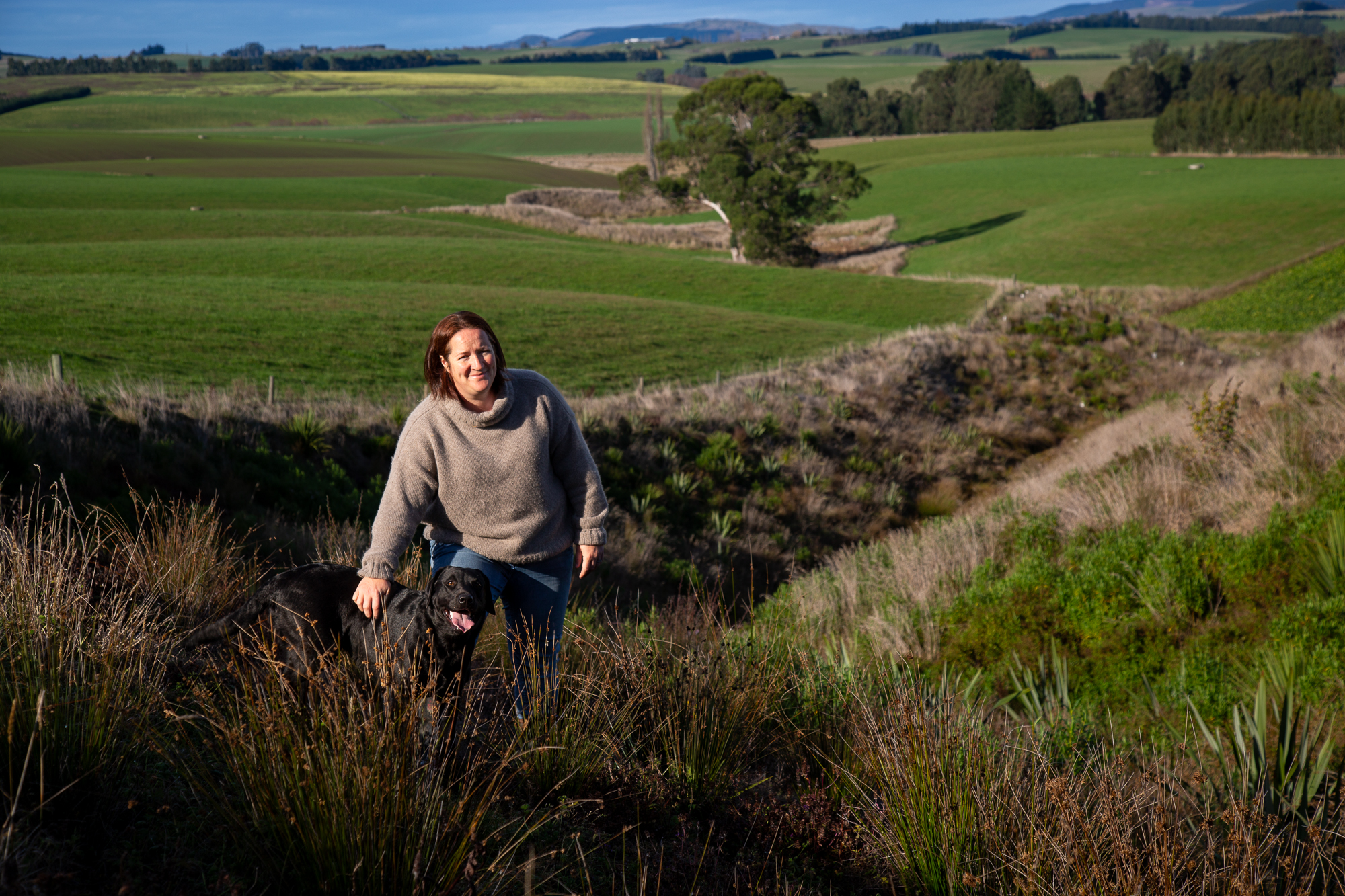Solar leasing: Making money while the sun shines
Farmers are linking with solar power companies to cash in on the demand for energy. By Delwyn Dickey.

A dairy farming couple in rural South Auckland have unexpectedly found themselves the centre of attention from several solar farming companies vying to either buy or lease their small farm for renewable energy production.
Difficulties around contacting the couple saw one company leave a flyer in their letterbox while two others came door-knocking.
Often suitable land, generally within 10 kilometres of one of the national electricity grid’s substations, is scoped through the New Zealand Companies Register before owners are then contacted through their lawyers.

Farming within a few kilometres of the nearest substation, Geoff and Liz (not their real names) were initially unsure what to make of the approach and what was usual.
They agreed to allow real-estate agents commissioned by each of the three companies to view their farm to see how much of it would be suitable for a solar development. In the end about 30 hectares made the grade.
Suddenly the future they had envisaged for their land and themselves doesn’t seem quite so certain.
Over the last couple of months there have been discussions and negotiations, with the developers initially wanting to buy the farm. But Liz is the third generation on the freehold family farm, and they don’t want to part with it.
“It’s also now the bottom of the market cycle,” Geoff says, “and they weren’t offering what we thought the land might be worth in years to come, so there was no point selling it.”
With a lot of residential development going on in rural South Auckland, as the city expands, the land could also be worth substantially more in the future.
flat sites are preferred, making dairy farms the focus of most of the larger developments, with more leasing than buying happening.
Smaller developments may cover up to 20ha, while a mid-size one covers 40-60ha, with big ones ranging over 200-300ha and more.

While there is money to be made, the lease agreements are likely to appeal more to owners of lower-income grazing land, than for higher-earning dairy farmers.
But for farmers wanting to retire, while having regular payments coming in for 30 or more years without having to work the land themselves, this could be a good option, specialist solar farm lease lawyer and partner with Tauranga’s Holland Beckett Law Joel Murphy says. Especially if they want the land to stay in the family.
The developer will also want the lease for as long as possible and that will depend on the amount of land they can use.
The longest you can have on a part of a full title is 35 years under the Resource Management Act (RMA). “If you lease a full title you can have it for a lot longer period.”
Leasing the whole farm for a minimum of 30 years is the option Geoff and Liz are now in discussions over, along with staying on the land in a caretaker role. They would receive payment for maintaining the solar farm with this option and also want to be able to continue running stock on the remaining 70ha, including sheep under the panels, while bringing in some extra income.
Farmers need a grazing licence with the developer to do this as it’s not automatic, unless running animals is specified in the lease. It can be tidier to have a lease with a formal grazing licence attached – with parameters around what the grazing covers.
This is to cover times when the animals may need to be moved away from the solar farm for a short time – when it’s being worked on and not safe to have the animals there.
LEASE RATES
Under a lease agreement the farmer would be looking at a range of between $2000 to $5500 per hectare per year, adjusted annually, Joel says, but this will come down to the individual developer, how much it will cost them to develop and connect to the national grid.
Geoff and Liz admit they were surprised the leasing offers weren’t higher. In an effort to get that amount up along with the lease option, Geoff has also asked for a fixed price on the power produced that will be sold back to the grid from the farm – a royalty.
The companies didn’t flinch at this, but it’s still not a large amount, he says.
While land within 10km of a suitable substation is of interest, properties within 5km are likely to be easier to develop including needing fewer easements across neighbouring properties. This makes them more attractive to a developer and likely to command a higher lease price. A farm out on the 10km margin might be of less interest unless it’s for a big development. But being close to a substation doesn’t guarantee a solar connection as not all substations have the capacity to take the extra load.
“There is the potential for the developer to pay for the network to be upgraded, but it’s an expensive undertaking to upgrade a substation,” Joel says. “It’s more likely they would look for other land that’s more suitable elsewhere.”
OPTIONS TO LEASE
Liz and Geoff are not the only farmers who have been approached in the area and there is no guarantee their farm will ultimately be developed, but they won’t come away empty handed even if it all falls through.
They are being offered an “option to lease” which sees a payment for the farm to be held for a developer for between one to three years while they complete due diligence. Life will continue for Geoff and Liz during that time with milking their 180 cows as usual. Should the development go ahead, and once construction has been consented, a lease would be engaged and the dairy operation would cease.
Joel advises dairy farmers to think carefully about what they want for their land after the lease as they may not be able to go back to dairying.
The way the RMA, and the highly productive soil legislation and policies work these days there is definitely a risk it may not be possible, he says.
SOLAR GRAZING
Developers had been interested in rural South Auckland for a few years with Lightyears Solar already establishing a small 2.3MW solar farm on 3ha on Morley Road, near Waiuku, in October 2022.
The 4000 solar panels will produce enough energy to power 500 homes with the project likely to go live at the end of August.
Lightyears Solar only develops smaller 3-20ha solar farms, development manager Matt Shanks says. Because of this they don’t usually deal with dairy farmers who tend to have massive platforms.
Because they are smaller they don’t usually approach landowners rather having the landowner – about two a week – getting in touch with them.
These tend to be drystock and sheep farmers, and others on smaller holdings.
While they do get approached by dairy farmers looking to diversify their farming income, offering $4000/ha/annum and only needing a small amount of land it’s often not worth it for dairy farmers to deal with them, Matt says.
They have only worked with dairy farmers when they have a runoff block they don’t need anymore, or if they have unproductive land somewhere.
Even though they don’t run cattle under the panels, they have raised the Morley Rd panels, as part of the lease agreement, so the landowner can run calves and yearlings under them, along with pigs.
“We measured how high they were (1.6 metres) and used that as the basis for the design. The agreement with the landowner is he’ll put calves in those paddocks as part of stock rotation so they’re only in there for four or five months a year.”
Their solar farms normally use tracker systems which tilt to follow the sun. The three to four days at a time the calves will be in with the panels, they will lock the panels so they are flat on the tilting axis above 1.6m.
“It’s all controlled electronically so there’s not a lot of intervention,” Matt says.
SOLAR ASCENDING
Lightyears Solar’s smaller solar farms give them an advantage over the bigger developers as they are able to connect to local power networks like Counties Energy, rather than having to hook into the national grid. They can just connect to the local line usually – the closer to a substation the better.
While they are open for business across the country, Northland is one area the company isn’t looking to develop in.
“A lot of the capacity has been taken up or booked by other projects including wind farms.”
The increased interest in Northland will see it with more energy security in future. Instead of coming up from Waikato and then through the narrow and vulnerable Auckland isthmus the power will come from Northland and flow south into Auckland.
Until recently the numbers didn’t stack up for overseas interests as the land here was so expensive and productive. But as interest in renewable energy has increased globally, with our high electricity prices and increasing population, along with the Government bringing forward its target of 100% renewable electricity to 2030, investment here is looking more attractive.
About 85% of New Zealand’s electricity already comes from renewables – mostly hydro and geothermal. But there are limited options to increase this.
Solar and offshore wind are two of the most obvious possibilities for expansion, Joel says.
“The great thing about solar is it can be rolled out a lot faster than wind.”
There are about a dozen solar developers, and of the large-scale ones, Lodestone Energy appears to be the only fully NZ-owned company.
Others have started out as NZ companies prior to partnering with overseas developers including Contact Energy with LightsourceBP, and Genesis with FRV Australia.
It’s likely many bigger developers will plan on getting the solar farms up and running then selling their interest. This tends to be to overseas investors like retirement funds.
Other developers may get the paperwork sorted then sell the project as “shovel-ready”.
“Having a personal connection between farmer and developer is something people may want to consider when approached,” Matt says. “You may well want to know who is going to be on your land in 10 years time.”
While some smaller developments have been completed, Todd Corporation’s plans to build a 400MW solar farm on a 1022ha dairy farm is the largest so far. With 900,000 solar panels, the dairy farm operations will be phased out at each of the three stages of development over about five years.
But they are not alone with a lot of other large farms already proposed.
Being approached out of the blue, as Liz and Geoff were, has likely already occurred across the country, with most developments planned from Canterbury north and most in the North Island where power prices are higher.
It’s also likely to continue as solar developers take more interest in the renewable energy sector in NZ.




